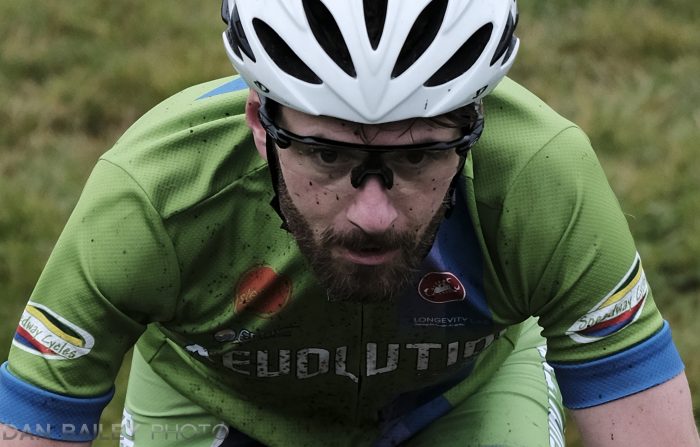
The Fujifilm X-T3 has a brand new 26 MP “Back Side Illuminated” sensor. The BSI technology essentially means that the silicon wafer has been flipped so that the circuitry is now on the back of the sensor, instead of on the front, where it lies on most sensors.
The result is that the photoreceptors have slightly more light gathering ability. On a sensor of this size, it’s about half-stop. Combine this with the copper wiring and more powerful image processor and you have a camera with slightly smaller pixels that’s able to perform even better in low light.
Just like the X-T2 showed improvements over the X-T1, the new X-T3 shows even further improvements in image quality and noise reduction when using higher ISO settings. Although the jump not as radical as it was from the X-T1 to the 2, it’s still an upgrade going from the X-T2 to the 3.
I’m someone who doesn’t shy away from using higher ISO speeds, whether it’s through a need for higher shutter speeds or simply because I love the “film grain look” that the higher settings give me on the on the X Series cameras.
Having put the X-T3 through a variety of shoots during the past few weeks, I’m highly impressed with the sharpness and clarity of the images that are coming out of the camera. And I’m talking straight JPEGs. Since most software doesn’t support X-T3 RAW files yet, (as of right now, Iridient X-Transformer now supports the X-T3) I haven’t had a chance to the RAW file performance of the 3, although I’m sure it’s awesome.
In this post, I’ll show you a few images examples of what the X-T3 images look like when shot at ISO 800 through ISO 12,800.
ISO 800
The first shot here is a full 100% zoom of a photo shot at ISO 800. As you can see, detail is amazing, (look at the writing on his jersey), there’s almost no noise and the skin tones show remarkable clarity.
Skin tones are one of the first things to suffer at higher ISO settings. Often time people remark that portraits shot at high ISO have a “waxy” look. There’s none of that here.

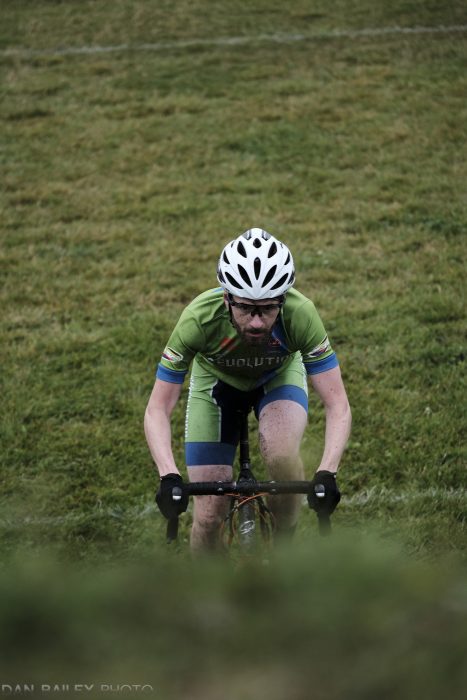
Here’s another example shot handheld at ISO 800, just as the last light from the sun was fading from the front of the tree. It was made with the X-T3 and the XF 50mm f/2 WR lens, which is one of my favorites. Exposure was 1/80 sec. @ f/5.6.
When zoomed to 100% at full res, you can start to see a little bit of noise in the transition area where the light turns to dark, right above that piece of peeled-away bark. It’s hardly noticeable, and more or less invisible when you zoom out to regular size.
Detail in the bark is still amazingly sharp, and considering that it was shot with a short telephoto, there’s a nice depth of field. It’s not too shallow. This is one of the reasons why you’d want to shoot at higher ISO settings. Super low settings give you maximum clarity and detail, but often at the expense of DOF, especially if you’re shooting handheld without a tripod.
Overall, ISO 800 on the X-T3 looks amazing and with the DOF flexibility it gives you, I’d say there’s no reason not to shoot ISO 800 with any subject.


ISO 1600
ISO 1600 on the X-T3 is pure magic. You start to see a tiny bit of grain, but that’s what it is: grain. Beautiful, rich, traditional film grain, and as I like to say, a little grain never hurt anyone. Not then, not now. Not ever.
When zoomed in, the detail still holds with astonishing clarity, but the grain starts to break up in spots. That’s perfectly ok, though, because you’re not supposed to view images at 100%. You never are. There’s never any reason to do so. It’s akin to standing in front of a giant poster inside the airport terminal with your nose touching the glass and shouting “Ha! There it is!! I can see noise!!”
Photographs are meant to be viewed at a distance that’s relative to their size, and if you don’t see an offensive amount of grain or noise at relative distance, then the sensor has done its job.
Anyway, here are a few examples shot at ISO 1600.
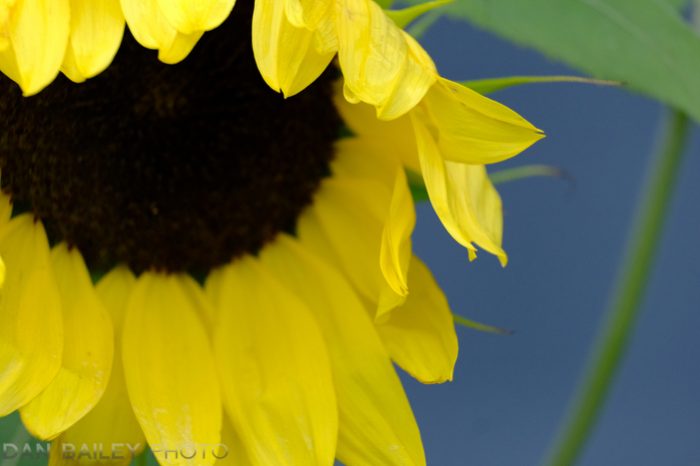
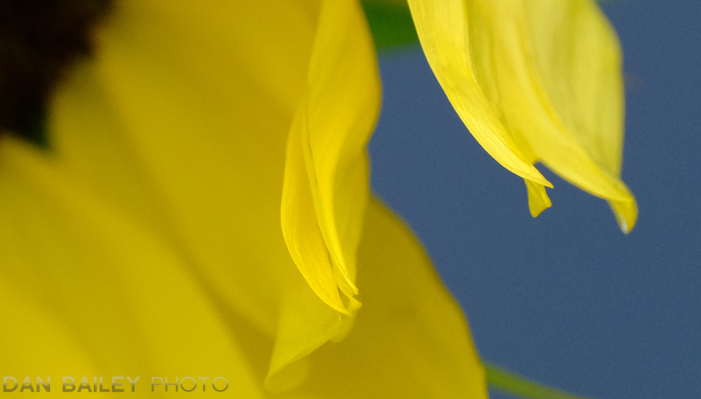

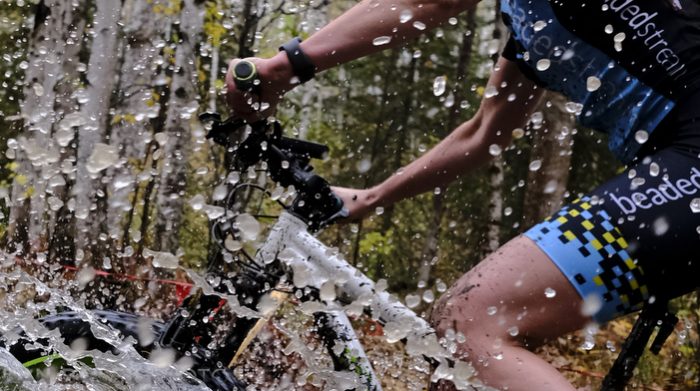
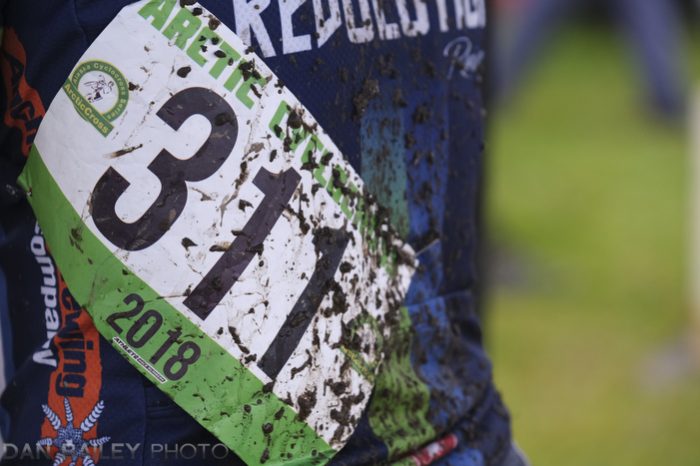

ISO 3200
I’ve always loved ISO 3200 on the X-T2. Things start to break up in a much more noticeable way, but the Fuji image processor manages to keep it tight and give it this wonderful film grain quality. It looks truly amazing on the ACROS film simulation, which is tailor made for shooting at higher ISO settings.
With color, ISO 3200 can start to show its limitations, especially with those tricky skin tones. However, the X-T3’s new sensor and processor clearly show improvements in this area. In addition, the level of detail is still exceptionally high with crisp edges and minimal softness for a setting like this.
When you zoom all the way in, you can definitely see an increase in noise. That said, are you a photographer or a pixel peeper? Does it really matter? With certain subjects, the added grain of higher ISO settings like 3200 can add an incredible level of visual style to your imagery. I see these setting as a creative tool as much as problem solving tool.
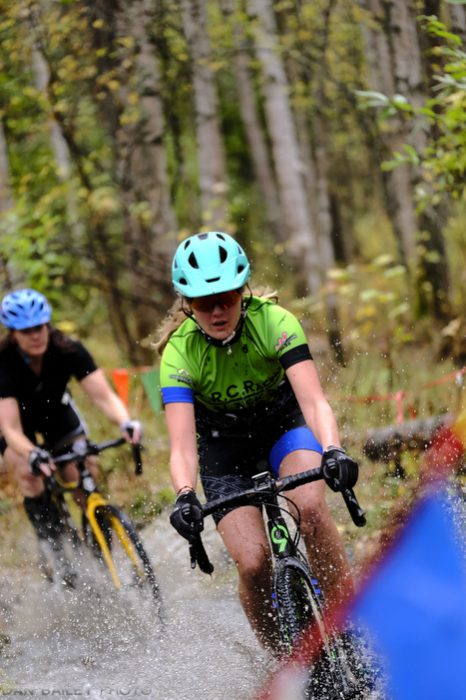
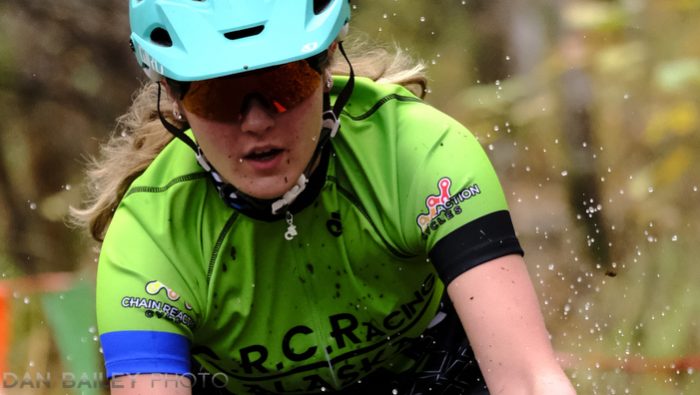
When we look at a black and white image, shot using ACROS, the results are even better. Just like on the X-T2, the images take on a gorgeous, film-like quality with wonderfully appealing grain. It’s not offensive at all; it’s beautiful, and the level of detail is incredible.
As I indicated above, the ACROS film simulation is actually designed to look better at higher ISO settings. It has a very complex grain striation that only gets more delicious when you crank the dial way up. Personally, I think ACROS looks its absolute best at 3200, but that’s not to say that it doesn’t look equally cool at even higher settings.


ISO 6400
On the X Series cameras, ISO 6400 is my least-used setting. I figure why stop there? If 3200 isn’t quite enough, I usually just hop over 6400 and slam the dial all the way to 12,800. That said, 6400 is still useful when needed, and it really doesn’t look that bad.
Sure, there’s noise everywhere, especially when you zoom in to 100% *ahem*, but it’s workable. If that’s all the light you have or if you need a faster shutter speed with that long lens, then sometimes you have no choice. Zoomed out, things definitely get softer and you can see some grain, but things are still totally doable.
Shift to black and white, though, and it looks just fine. Lots of rich film grain that speaks of an older, simpler time when all they had was grain.
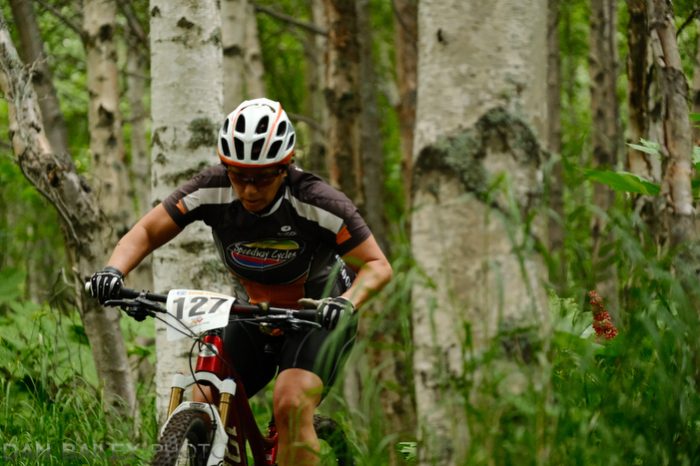
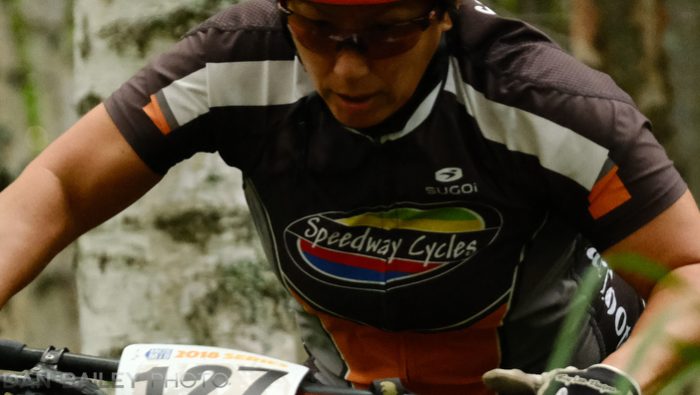
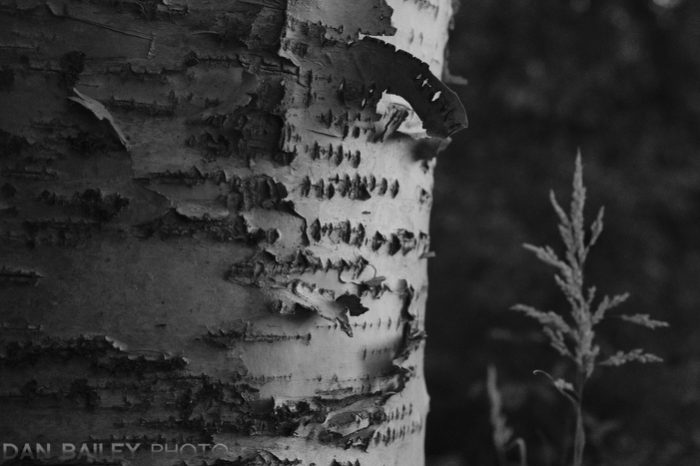

ISO 12,800
At last we find ourselves at the end of the dial. As with the X-T2 and all the other current X Series cameras, the highest native ISO setting on the X-T3 is 12,800. Pretty crazy when you think about it; just a few years ago, this setting was considered “fully ridiculous,” unless you absolutely NEEDED to get the shot and that’s all the light you had available.
As with ISO 6400, it’s noisy when zoomed in, especially with color images and skin tones, but it’s doable in dim conditions. Zoom out and you’re surprised at the fact that it’s not nearly as bad as you thought it would be.
When shooting in ACROS, though, it’s just damn cool. Lots of contrast and big grain, very much like Kodak’s old T-MAX 3200 black and white print film. To me to looks awesome. Deliberately gritty and full of meaning.
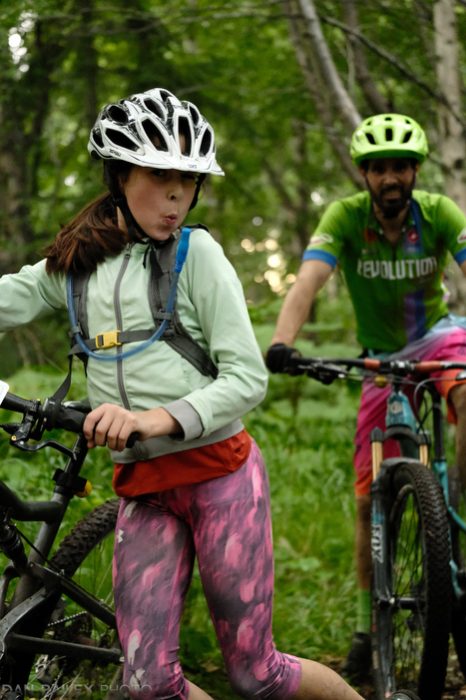
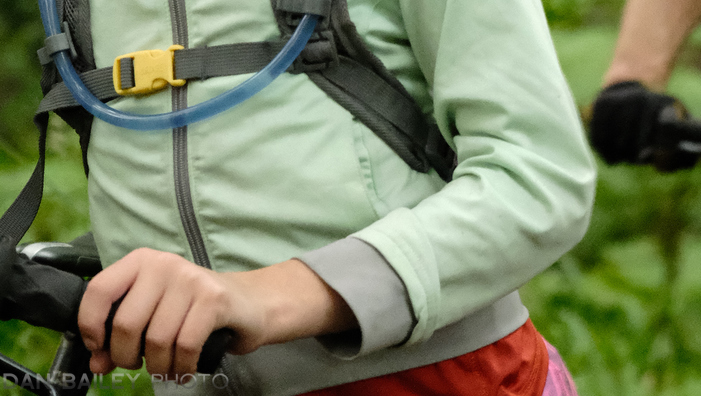
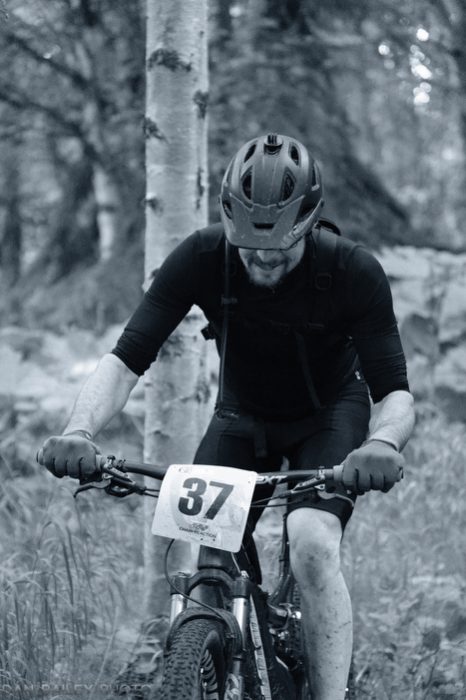
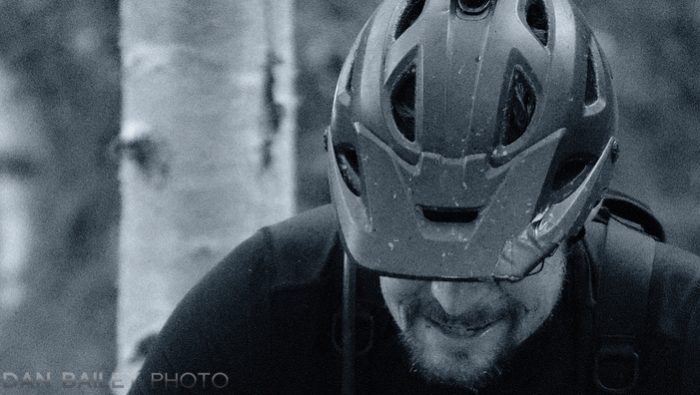
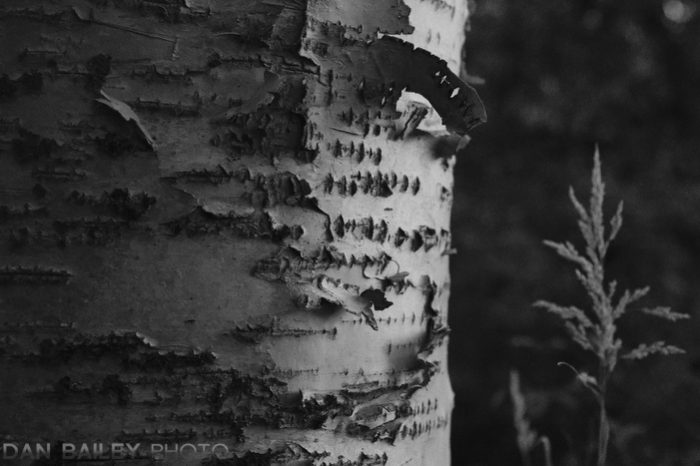

As you can see, the Fujifilm X-T3 shows remarkable clarity and tightness at all ISO settings. The new BSI sensor and processor make for a very powerful camera that’s even more capable of getting good results, no matter what kind of light you’re shooing in.
As with any sensor, noise and grain show up with the most prominence in medium and lower midtowns, especially in out-of-focus areas. It’s less prominent on sharp subject matter, so keep that in mind when using these kinds of settings.
When compared side-by-side with the X-T2, X-T3 images do show an incremental improvement in low light performance and overall tonal rendering, although the different is not as drastic as it was going from the X-T1 to the X-T2. Even though the X-T3 does have a more advanced system, don’t expect to see a huge, night and day difference between the X-T2 and 3 in terms of low light performance.
If you’re coming from an older X Series camera, like the X-T1, X-T10 or X-E2, this might be the time to finally upgrade. The X-T3’s level of performance is nothing short of outstanding and they’re shipping now.
If you haven’t read my full review of the Fujifilm X-T3, you can check it out here.
[iframe]<iframe width=”120″ scrolling=”no” height=”240″ frameborder=”0″ style=”border:none;” border=”0″ src=”https://mer54715.datafeedfile.com/widget/aff_widget_prdt_generate-2.0.php?aff_num=6746&aff_net=1&widget_num=8183&sid=” marginheight=”0″ marginwidth=”0″></iframe><iframe style=”width:120px;height:240px;” marginwidth=”0″ marginheight=”0″ scrolling=”no” frameborder=”0″ src=”//ws-na.amazon-adsystem.com/widgets/q?ServiceVersion=20070822&OneJS=1&Operation=GetAdHtml&MarketPlace=US&source=ss&ref=as_ss_li_til&ad_type=product_link&tracking_id=danhbaisadvph-20&language=en_US&marketplace=amazon®ion=US&placement=B07H49QWN4&asins=B07H49QWN4&linkId=44560257fbad0490c02345157d9d0a9e&show_border=true&link_opens_in_new_window=true”></iframe><iframe style=”width:120px;height:240px;” marginwidth=”0″ marginheight=”0″ scrolling=”no” frameborder=”0″ src=”//ws-na.amazon-adsystem.com/widgets/q?ServiceVersion=20070822&OneJS=1&Operation=GetAdHtml&MarketPlace=US&source=ss&ref=as_ss_li_til&ad_type=product_link&tracking_id=danhbaisadvph-20&language=en_US&marketplace=amazon®ion=US&placement=B07H5HW3CR&asins=B07H5HW3CR&linkId=d3fa2345b7ca75208d052be5399b1bb6&show_border=true&link_opens_in_new_window=true”></iframe>[/iframe]

[…] any camera made within the past four years will do a decent job. With my X-T2 and now the X-T3, I have absolutely no problem using ISO 1600 as a baseline and spinning the dial up to 3200 or 6400, or even 12,800 when things get really dim. (The lead off shot above is ISO […]
[…] danbaileyphoto – Shooting Higher ISO Settings on the Fujifilm X-T3 […]